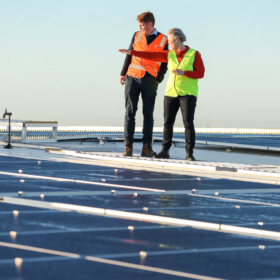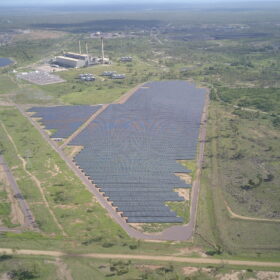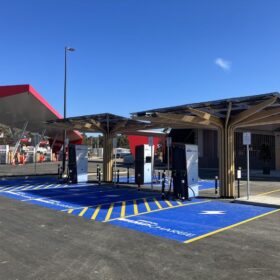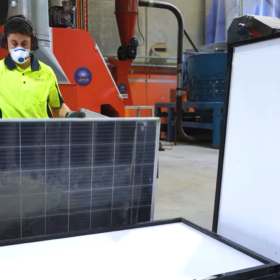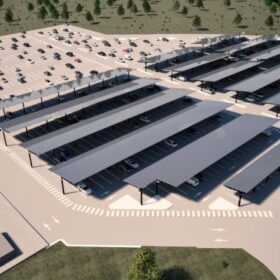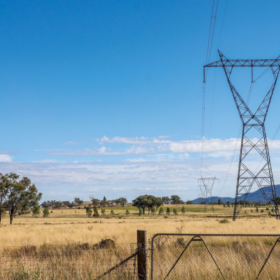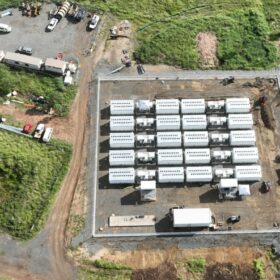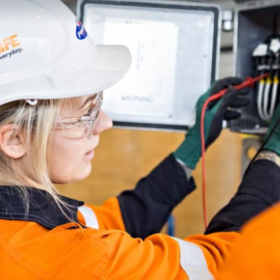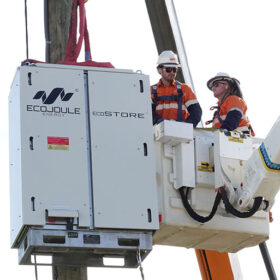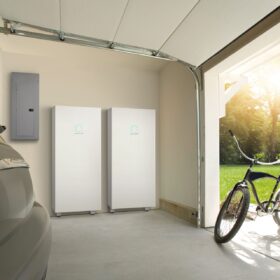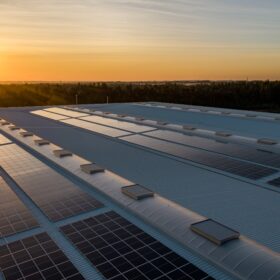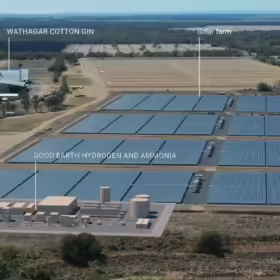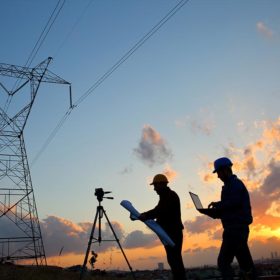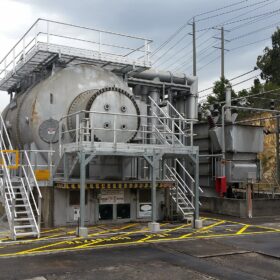Supermarket giant installs 3.5 MW rooftop solar system on new facility
A 3.5 MW rooftop solar system has been installed on supermarket giant Coles Group facility near Sydney as part of a $1 billion investment in the company’s efforts to be powered 100% by renewable electricity by mid-2025.
Stanwell advances renewables strategy with first solar O&M contract
A subsidiary of Queensland government-owned electricity generator Stanwell Corporation, which operates two of the state’s largest coal-fired power stations, has signed a five-year contract to maintain the Collinsville Solar Farm as part of its energy transition strategy.
Fuel retailer gets $100 million transport emissions reduction boost
Australian fuel retailer Ampol has committed to a multitude of decarbonisation strategies throughout its service station network, including the roll out of electric vehicle charging stations and rooftop solar, funded in part by the Clean Energy Finance Corporation.
Australian solar panel recycler partners with Canadian silicon anode developer
Victoria-based solar panel recycling company Lotus Energy has signed an agreement with Canadian silicon anode developer Neo Battery Materials with aims to supply future North American electric vehicle and energy storage needs.
Symmetry Solar joins $12 million Defence Force solar carpark project
New South Wales-based commercial renewables solutions company Symmetry Solar has scored a role on the development of a $12 million dollar solar farm for the Australian Defence Force.
New England renewable energy zone scoping report released
The 8 GW network capacity New England renewable energy zone scoping report has been released outlining the construction and operation of new high voltage electricity network infrastructure needed to connect future renewable energy and storage projects to the grid.
ClearVue integrated solar window tech cracks Middle East construction market
Smart building materials company ClearVue Technologies has cracked the Middle East and Indian construction markets after signing a five-year agreement with Qatar’s largest glass and façade manufacturer.
Genex Power $381 million takeover by Japanese utility J-Power is finalised
Japanese utility giant Electric Power Development Company, known as J-Power, has acquired Sydney-headquartered renewables energy and storage developer Genex Power with a $381 million deal backed by its shareholders.
Clean energy transition drives Queensland jobs growth
New data has revealed 2,750 clean energy jobs have been created in the last two years within six publicly owned energy businesses, putting the state on track to reach a forecast of 100,000 jobs by 2040.
Pole-mounted community battery trials roll out in regional New South Wales
State-owned infrastructure company Essential Energy has partnered with retailer Origin Energy to rollout 35 pole-mounted community battery energy storage systems across New South Wales to trial peak demand management.

